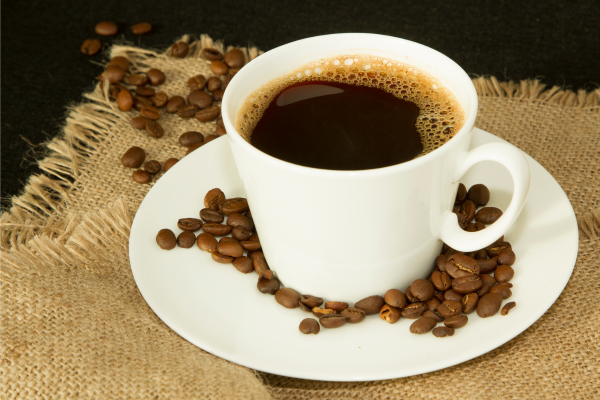Ever bought a bag of coffee and wondered what the roast level really means? Whether you prefer bright and fruity or bold and smoky, the coffee roast level plays a huge role in how your cup tastes.
Understanding the differences between light, medium, and dark roasts can help you choose the best beans for your personal flavor preferences and brewing method. In this guide, you’ll learn what makes each roast unique so you can sip with confidence.
What Is Coffee Roasting?
Coffee roasting is the process of applying heat to green coffee beans to develop the aromas and flavors we associate with brewed coffee. During roasting, sugars caramelize, acids break down, and natural oils either emerge or remain hidden depending on the roast level. The roast impacts not only color and flavor but also aroma, acidity, and body.
The longer and hotter the roast, the darker and bolder the coffee will be — but it also moves further away from the bean’s natural origin flavors.
Light Roast Coffee
Light roasts are typically light brown in color and have a dry surface, meaning no oils have emerged from the beans yet. This roast style preserves much of the bean’s original character, which is why it’s commonly used for single-origin coffees. The flavor is often bright, fruity, floral, and complex, with noticeable acidity and a light body.
Despite popular belief, light roasts actually contain slightly more caffeine than darker roasts due to shorter roasting times. They’re best enjoyed through brewing methods that highlight subtle flavor notes, such as pour-over, drip, or AeroPress.
If you’re someone who enjoys crisp, aromatic, and vibrant cups of coffee, light roast is a great choice.
Medium Roast Coffee
Medium roasts strike a balance between the origin characteristics of the bean and the flavor developed during roasting. The beans are medium brown, with a smooth surface that may have a slight sheen from emerging oils. The flavor is more rounded and sweet, often with notes of caramel, nuts, and chocolate, and the body is noticeably fuller than in light roasts.
This roast level has a milder acidity and is often the most familiar to people, as it’s commonly found in supermarkets and coffee chains. It works well with most brewing methods, including drip machines, French presses, and even espresso for those who prefer a smoother shot.
If you’re looking for a versatile and approachable everyday coffee, medium roast might be your best match.
Dark Roast Coffee
Dark roasts are deep brown to nearly black in color, with a shiny, oily surface. At this stage, much of the original flavor of the bean has been replaced by the roast profile itself, which is bold, smoky, earthy, and sometimes slightly bitter. Acidity is very low, and the body is heavy and rich.
This is the roast most often used in strong espresso blends or Italian-style coffee. The intensity of flavor also pairs well with milk and sugar, making it ideal for lattes, cappuccinos, and other milk-based drinks. While it has slightly less caffeine than lighter roasts, the difference is minimal.
If you enjoy bold, intense coffee with a deep roasted character, dark roast is for you.
Which Roast Has the Most Caffeine?
While many people think dark roast has the most caffeine because of its strong taste, the truth is that light roasts actually retain more caffeine. That’s because the longer roasting time in dark roasts breaks down more of the caffeine molecules. However, the difference is small and usually not noticeable in a single cup.
Which Roast Is Healthiest?
Light roasts may contain slightly more antioxidants like chlorogenic acid because of their shorter roast times. However, the health differences between roast levels are minimal. What affects your coffee’s health impact more is what you add to it — such as sugar, syrups, or heavy cream.
All roast levels can be part of a healthy routine when enjoyed in moderation and preferably without excessive additives.
How to Choose the Right Roast for You
Choosing a roast is ultimately about your taste preferences. If you love crisp, bright, and fruity coffee with high acidity, try light roast. If you enjoy smooth, well-rounded flavors with hints of nuts and chocolate, medium roast is a solid option. And if you prefer strong, bold, and roasted notes — especially with milk — go with dark roast.
Your brewing method also plays a role. Light roasts shine in pour-over and manual brewers. Medium roasts are great for all-purpose coffee makers. Dark roasts work beautifully for espresso, moka pots, or French press.
Final Thoughts: There’s a Roast for Every Taste
Whether you’re just starting your coffee journey or looking to refine your preferences, understanding roast levels gives you more control over your cup. Each roast brings its own unique experience — from the complexity of a light roast to the comfort of a dark blend.
Explore different roast levels, origins, and brew styles. The more you experiment, the more rewarding your coffee ritual becomes.

